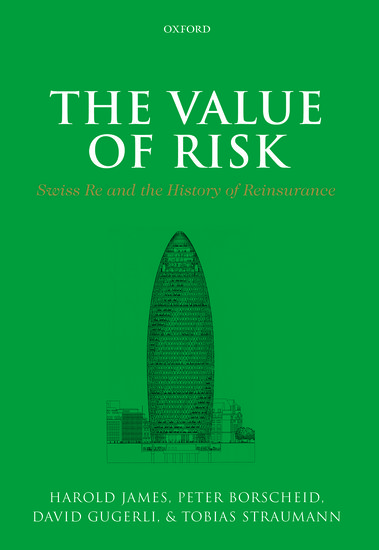By David Gugerli and Tobias Straumann
In September 1965, Hurricane Betsy devastated parts of Florida and the central United States Gulf Coast. The damage was estimated at $1 billion – so far the costliest natural disaster in US history. In August 1992, Hurricane Andrew made havoc to towns and cities on The Bahamas and in Louisiana and Florida. This time, the damage amounted to $26.5 billion – again so far the costliest natural disaster in US history. In August 2005, Hurricane Katrina devastated parts of the United States Gulf Coast. The proud and old city of New Orleans was inundated. The total damage from Katrina amounted to $81.2 billion, twice as much as the damage from Hurricane Andrew, when adjusted for inflation. So far, Hurricane Katrina has been the costliest natural disaster in world history.
In other words, extreme events have caused increasingly extreme damage, and each time the jump in costs came as a surprise. Yet, although not anticipated, these extreme events did not cause any major economic disruption in the US or global economy. This is not to say, that the regions and people most affected by the hurricanes were not suffering from unemployment and economic hardship thereafter. But given the huge losses and the importance of the United States for the global economy, the lack of serious negative economic consequences is rather striking. The hurricanes were followed by bankruptcies of insurance companies, but the sector as whole stayed firm.

The oldest reinsurance company that has kept its original name is the company Swiss Re whose headquarters are located in Zurich, Switzerland. Its historical records are exceptionally rich and cover all the major themes in the history of the reinsurance industry since 1863, in particular the strong growth and internationalization in the late 19th and early 20th century, the San Francisco earthquake of 1906, the impact of booms, busts and wars between 1914 and 1945, the challenges emanating from new technologies such as atomic energy after 1945, and the transformation of the reinsurance industry by the rise of financial capitalism in the last thirty years.
These rich archives shed light not only on the development of the modern world, but also on the exciting dynamics of an industry which remains ostensibly invisible while collecting dozens of billions of dollars in net premiums, every single year. In 2012, they amounted to nearly $150 billion. The reinsurance industry is perhaps the biggest hidden pillar of the modern world economy.
David Gugerli is a Professor of History at the Department of Humanities, Social and Political Sciences of the Federal Institute of Technology (ETH) in Zurich. His main interest is in the history of technology and science, social and economic history and cultural history. Tobias Straumann is Lecturer in the History Department of the University of Zurich and the Economics Department of the University of Basel. Dr. Straumann has worked in the fields of Swiss business history and European financial and monetary history. They are two of the co-authors of The Value of Risk: Swiss Re and the History of Reinsurance.
Subscribe to the OUPblog via email or RSS.
Subscribe to only business and economics articles on the OUPblog via email or RSS.
Image credit: London Swiss Re Building. By Mariordo Mario Roberto Duran Ortiz. CC-BY-SA-3.0 via Wikimedia Commons


Recent Comments
There are currently no comments.